Olympus Super-Fast Prime Lenses
Olympus’ Trio of Super-Fast Prime Lenses: 17mm, 25mm, and 45mm f 1.2
I’ve been using the Olympus 25mm f1.2 lens for a little over a year. It’s one of the sharpest lens I’ve used, and has secured a permanent spot in my camera bag. Olympus recently released the 17mm and 45mm, both f 1.2. and following in the trend of the 25, both are also incredibly sharp. Many of the photos posted on this blog were shot with the 25mm.
These three make a great trio of lenses for not only very low light photography, but for those occasions when the photographer is looking for very minimal depth of field (dof) and/or incredible bokeh*. In so many circumstances, I’d have been happy if Olympus could have released these lenses with the aperture welded open at f 1.2, as I find I love working with these lenses in those previously challenging situations, where one would be limited to slower shutter speeds or much higher ISO enforced by very low-light situations.
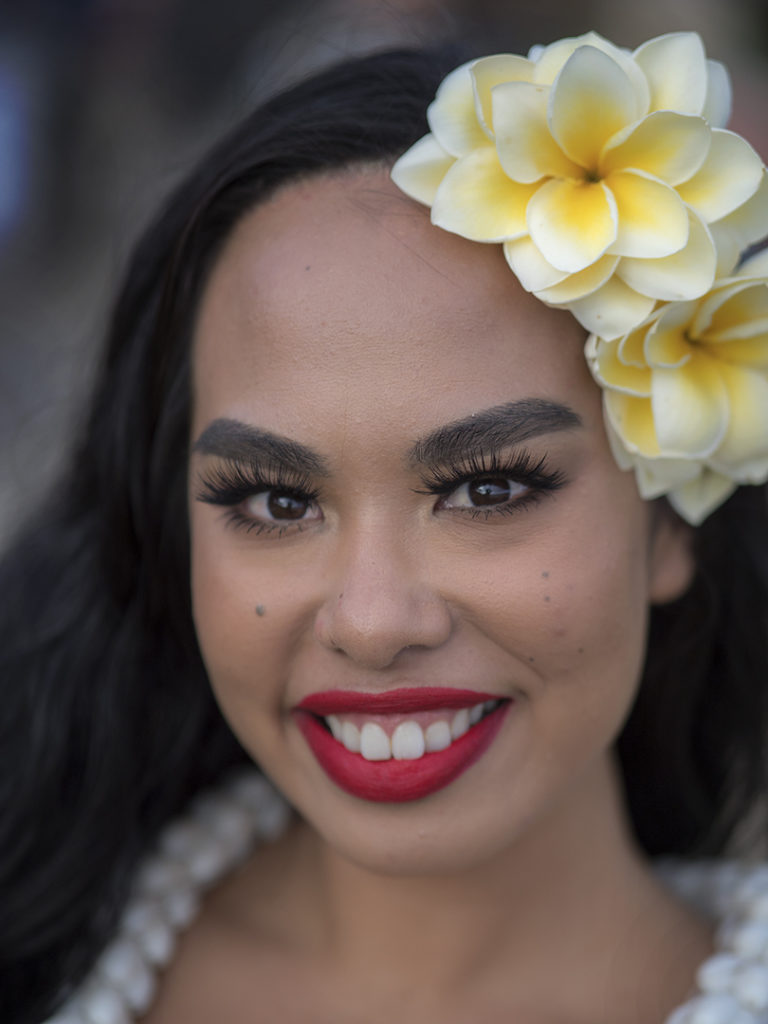
Chris Kelii on Hawaiian island of Kauai Olympus 45mm 1/5000th @ f 1.2
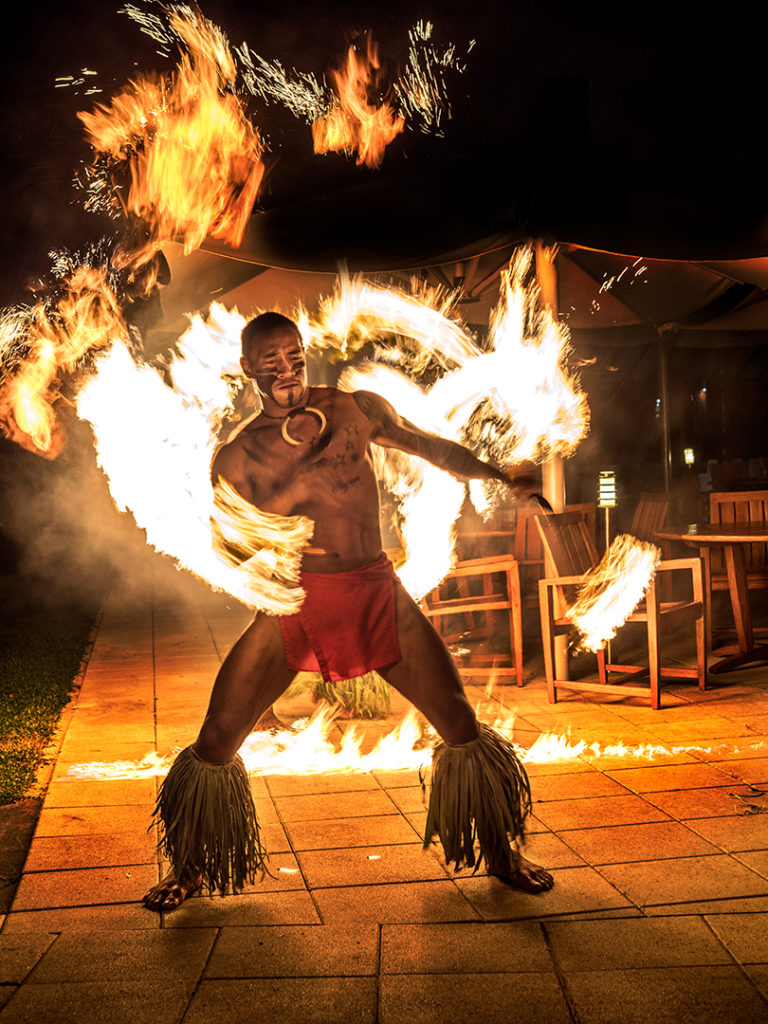
Samoan fire dancer 25mm 1/25th f1.2
I noticed that the 25mm and the 45mm lenses are made in Japan. Interesting that for these premier optical gems that Olympus plays this one close to home.
The build quality of these is really stellar, a build quality that simply makes you want to find photos to make. With these lenses, 9 bladed circular aperture diaphragms were incorporated, helping to produce such an incredible bokeh (referred to by Olympus as “feathered bokeh”) as evidenced in the out-of-focus circles in foreground/background layers. Attention to detail is evident in every aspect of these lenses.
I enjoy photographing in late day, after sunset, before full darkness, and into night. That special time between sunset and full darkness can produce an incredible blend of light: the deep purple that precedes total darkness mixed with the introduced light of human-made lighting blending together in what we call complimentary colors, warm and cold colors opposite each other on a color wheel. When viewing photographs and/or art, we are drawn to those complimentary light situations, as the opposing warm and cold colors created by the scene are emotionally appealing to us. Having lenses that enable us to fully utilize that light is important, as that allows the photographer to capture what they are seeing in their mind’s eye.
Another great invention of the Olympus engineers (Toshi, I’m saluting you here) is the manual focus clutch found on all their professional lenses. Initially, this feature was something I wasn’t sure about. But I found I was often using this to take over the already accurate AF in my own hands. I may want my zone of focus, especially with the very shallow dof accessible via these, to fall on an exact area in the frame. I love having the option of absolute control.
(A hint to you new Olympus users: when using one of the “Pro” lenses, I have created a muscle memory trick I’ll do every time I pick up the camera. I grab the focus ring on the lens, and automatically slide it forward, thus assuring me that I know the exact function the lens will access, either manual or AF. If deciding to manual focus, I’ll then know the ring needs to be slid back to MF only position.)
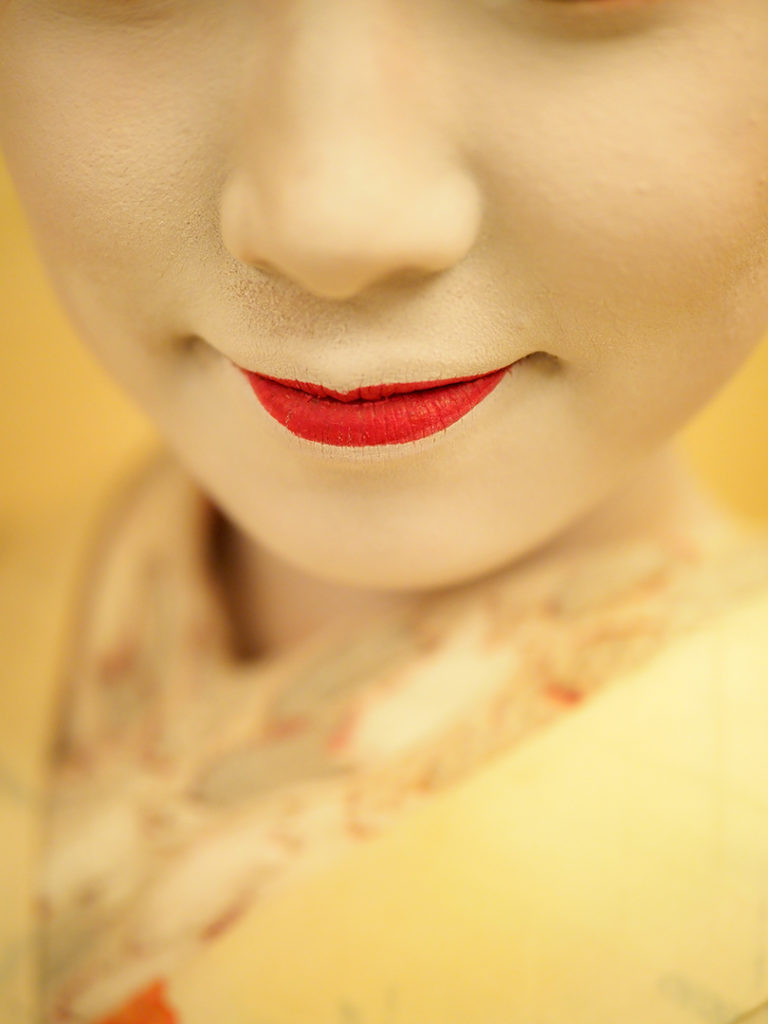
Geisha, Kyoto, Japan 25mm f1.2
At end of this article you’ll see pairings of floral photos shot in Hawaii. Quite noticeable is the compression difference in similar scenes: the 17mm obviously produces an image with a wider area of the image, the 45mm creates an image with more visual info on a single layer, and the 300mm really places everything on a single plane of interest. Which is the correct lens to use for those close-up photos? It depends on what you are trying to say or achieve in the photo. Each lens produces a specific look that provides the photographer with a different look. I find the incredible close-focus distance of the 300mm f4 lens provides a great “look” for macro work. Along with the ridiculously effective IBIS (In Body Image Stabilization) I’ve found I can hand-hold the 300mm f4, with the MC-14 tele converter (a FX equivalent of 840mm) down to 60th of a second if needed.
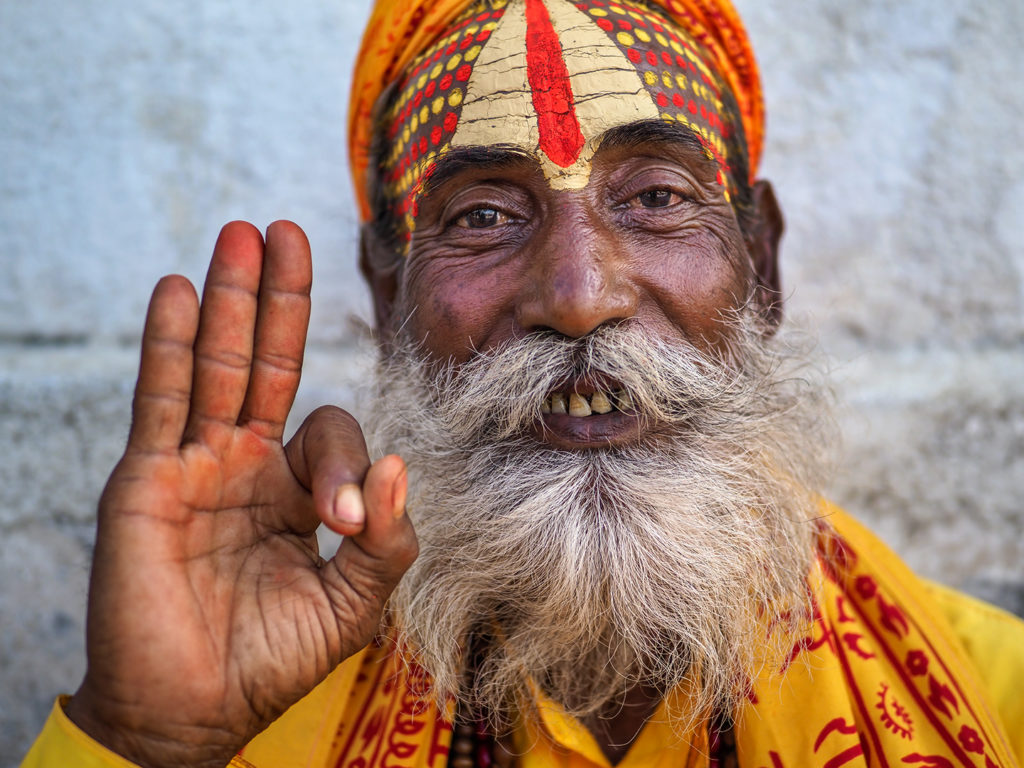
Nepalese Holy Man 25mm 1/250 f1.2
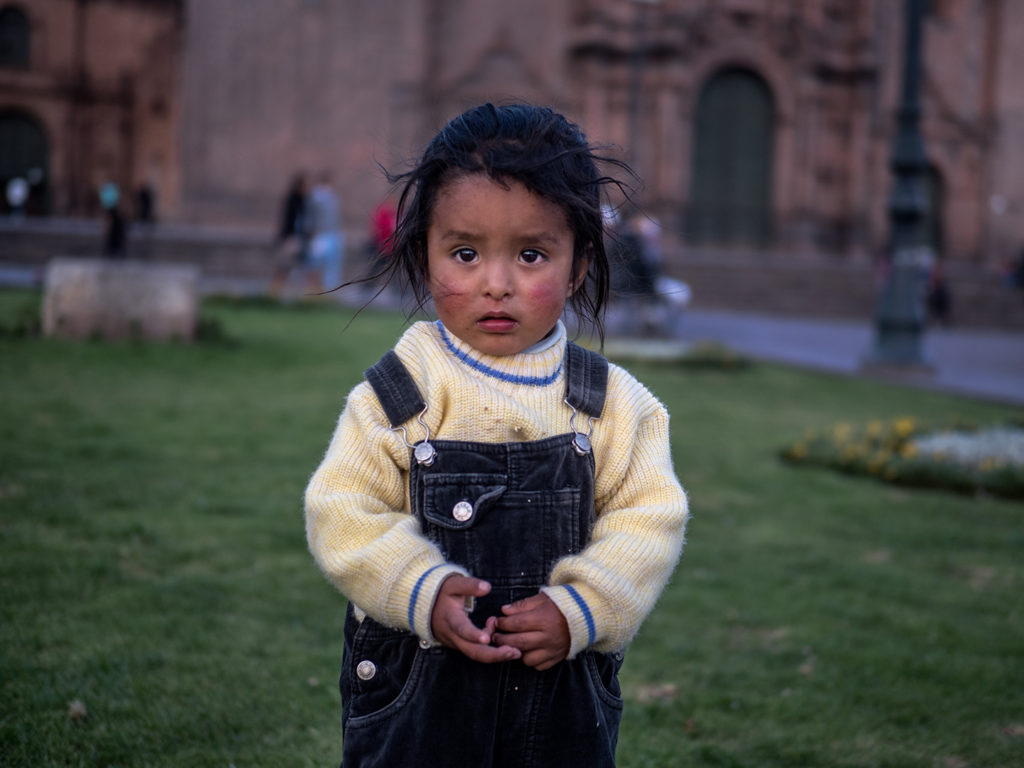
Cusco, Peru 25mm 1/500 f1.2
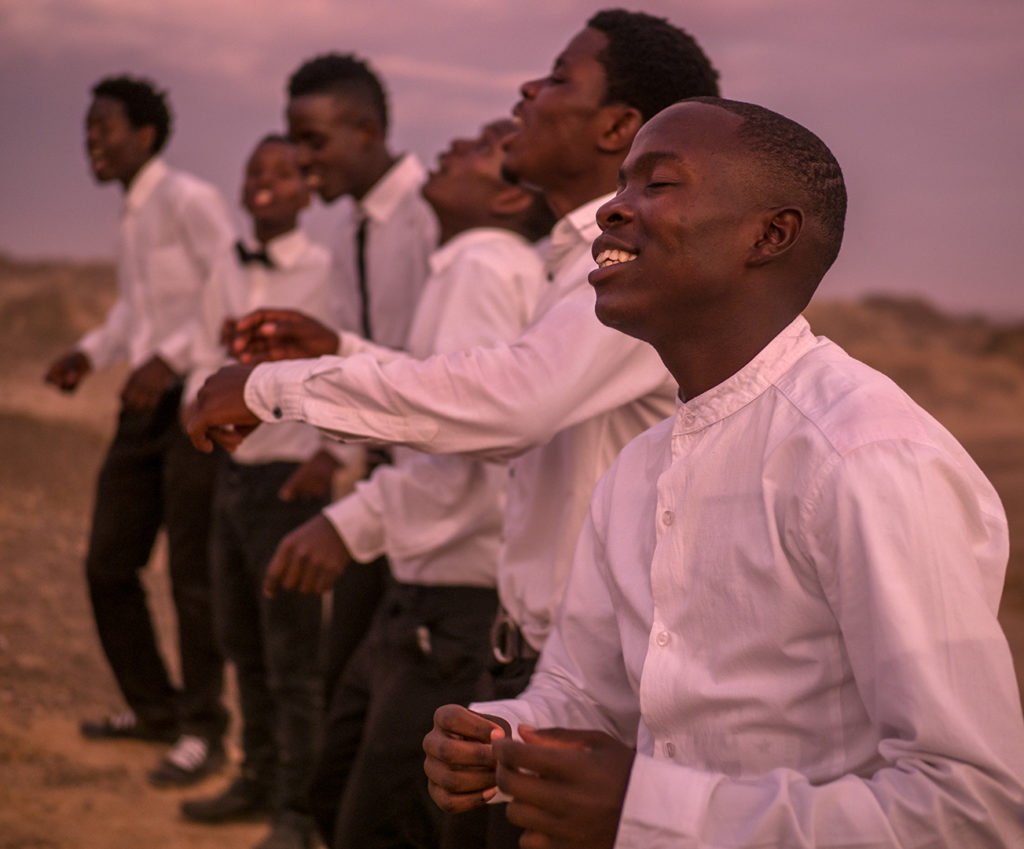
Namibian singers 25mm 1/125 f1.2
The 17 has a much closer focusing ability, down to 7.87 inches . The 45 minimum focus is 19.68 inces, I see the 45mm lens as perfect for photographing people, as lack of wide angle distortion generally provides a more pleasing image. The 17 feels as though designed for street and macro photography. The design concept behind these two lenses: the 17 focuses closer, but the 45 enjoys a natural lessening of dof by its longer focal length
One does face a bit of a conundrum here: if you own the 45mm f1.2 and the 45mm f1.8, or the 17mm f 1.2 and the 17mm f1.8, which do you put in your bag. What a great problem to have, and is simply answered by “how light do you want to travel?” If working as minimally as possible, and wanting fast lenses, pack an Olympus E-M10 MkIII, with those smaller lenses Great quality is still available, not as stellar as the f1.2 lenses, but a powerful image should resonate on the level of how powerful it is.
What does this all mean to the photographer? Olympus has been on the forefront of creating equipment with functions for the real-world photographer. From the first dust reduction system that Olympus pioneered, to the articulateable rear monitor (I think I just made up a word) that I’ve found so much use for, to “Live Composite,” “Pro Capture,” the list continues. These features are available on camera bodies that are compact enough that I do not mind carrying them with me all day. So, a camera with a form factor this is very user-friendly, state of the art features pioneered in so many cases by Olympus, a camera capable of producing extremely high quality images, and a range of lenses that can accommodate any working pro……what else do you want?
*A few interesting articles describing bokeh, just click on titles: PictureCorrect Wikipedia Photography Life
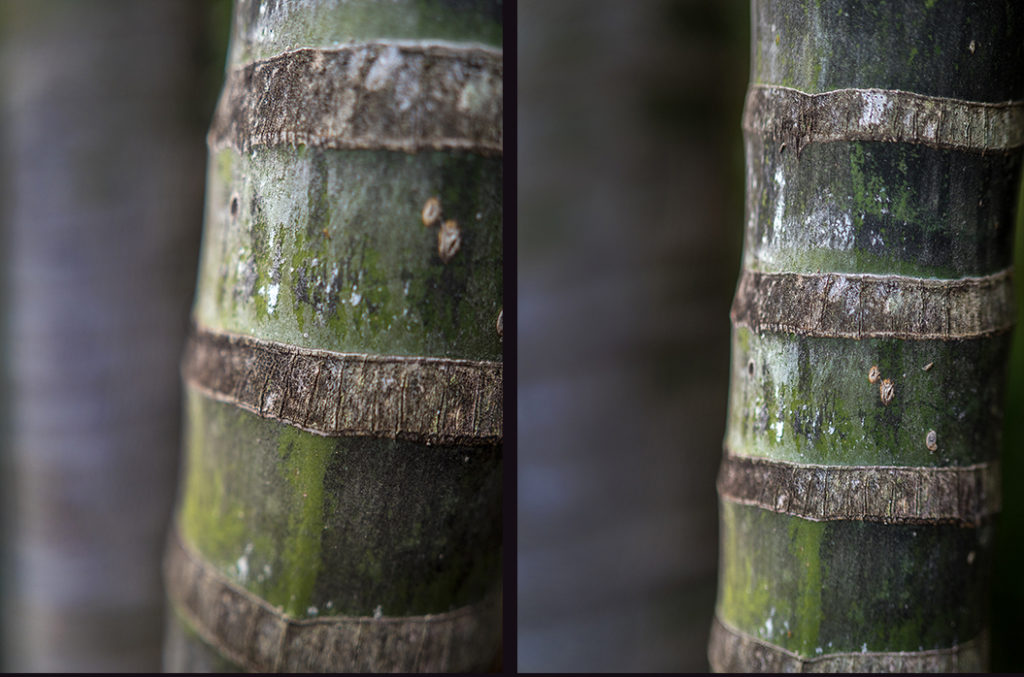
17mm 1/1250 f1.2 45mm 1/1000 f1.2
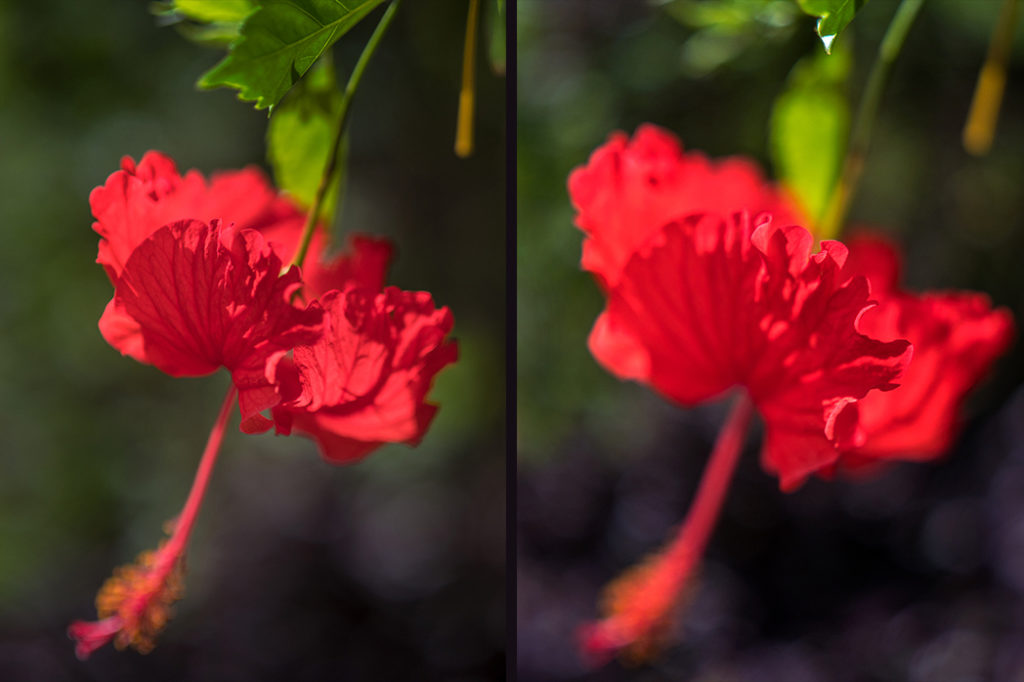
17mm 1/8000 f1.2 45mm 1/8000 f1.2
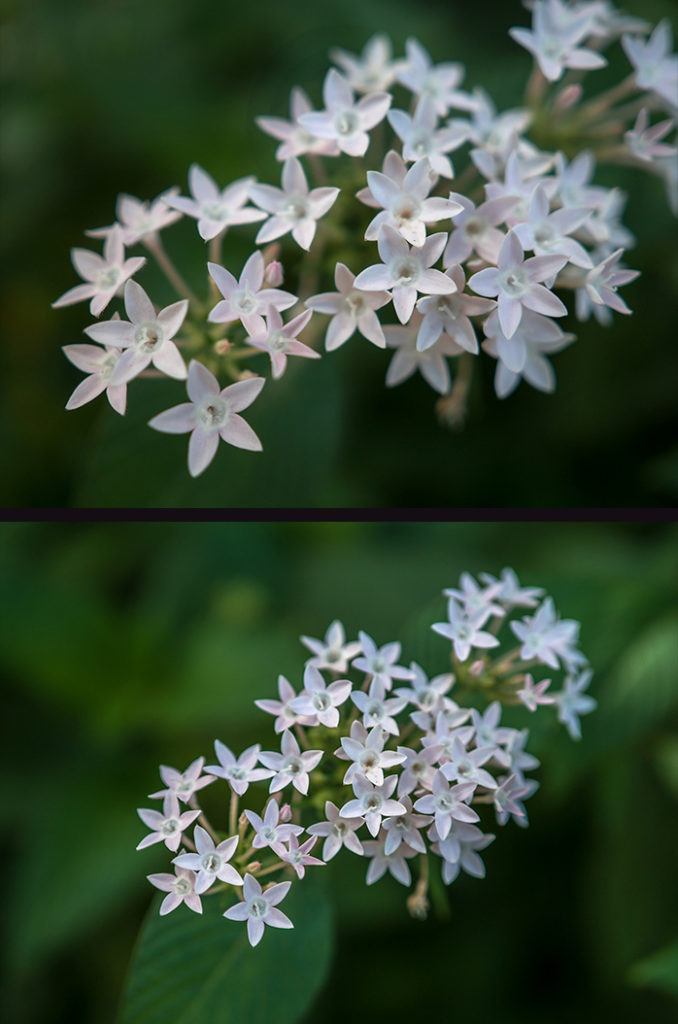
top-17mm 1/1600 f1.2 bottom-45mm 1/1600 f1.2
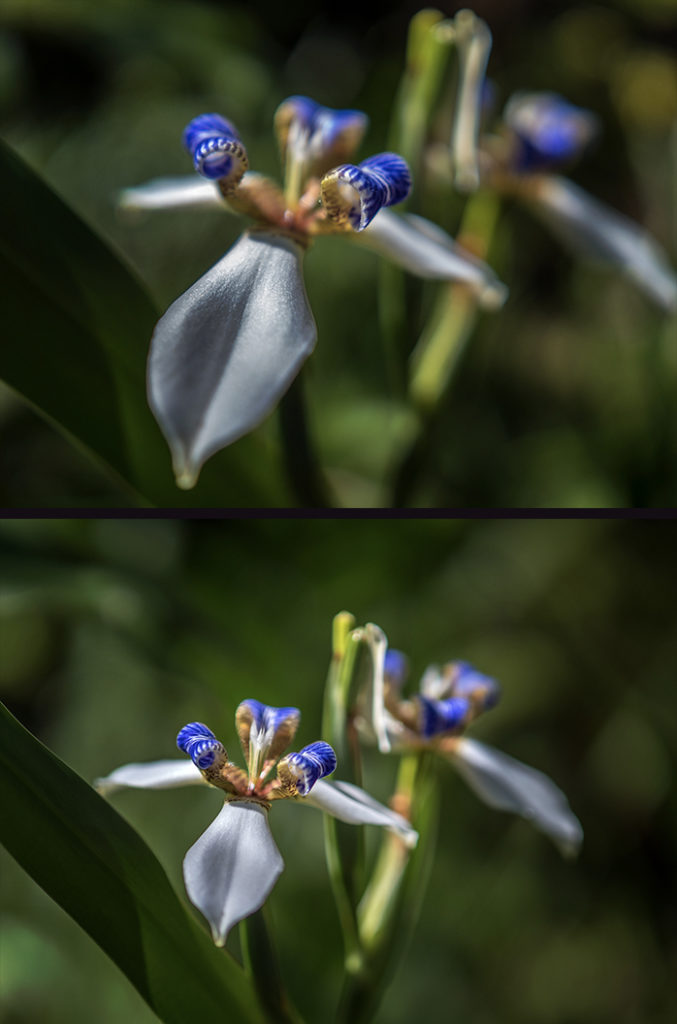
top-17mm 1/8000 f1.2 bottom-45mm 1/5000 f1.2
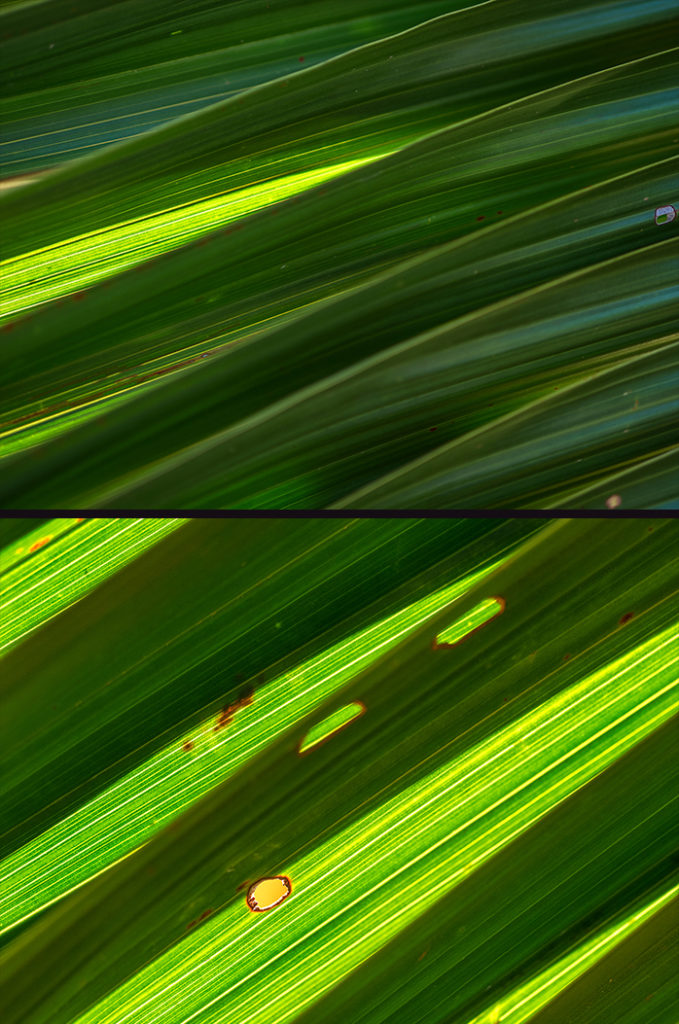
top-45mm 1/250 f1.2 bottom-300mm 1/250 f4



